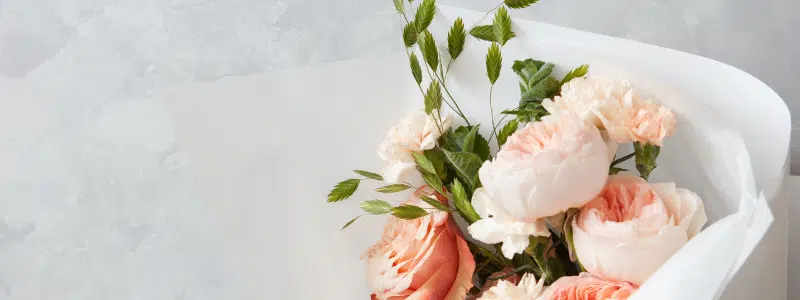No products in the cart.
Australia Wide Delivery
The Blooming History of Bouquets in Australia

Flowers have always held a special place in human history. Whether they’re used as symbols of love, peace, or mourning, their timeless beauty resonates universally. Australia, with its unique flora and multicultural history, has a particularly rich tapestry when it comes to the art of bouquet-making. For the flora enthusiasts and the historically curious, journey with us through the blooming history of bouquets Down Under.
Bouquets: A Brief Overview
A bouquet, by its simplest definition, is a carefully arranged collection of flowers. Historically, bouquets were often used to send coded messages – a language of flowers, if you will. Every flower and colour had a meaning. Lavenders spoke of devotion, while red roses were whispers of love.
Australia’s Floral Beginnings
While bouquets might have ancient European roots, Australia has its own vibrant history. Before the arrival of European settlers, Indigenous Australians already had a profound connection to the land and its unique flora. Plants were integral to their way of life – for food, medicine, ceremonies, and also as symbols.
However, it was post-European settlement when the art of bouquet-making truly blossomed in Australia. Early colonists began to fuse European floral traditions with the stunning native flora they encountered.
The Australian Native Bouquet Revolution
In the 20th century, there was a significant shift towards embracing Australian identity, which extended to floral arrangements. Florists began to appreciate the rugged beauty of native Australian flowers, such as the golden wattle, waratah, and kangaroo paw. These flowers weren’t just beautiful; they were hardy, lasting longer in bouquets than many traditional flowers.
The 1980s and 1990s saw a booming trend in incorporating eucalyptus leaves, banksias, and gumnuts into bouquets. They became symbols of an authentic Australian identity, representing the country’s unique landscape and culture.
Multicultural Blooms
As Australia evolved into a multicultural society, the bouquet industry also transformed. With waves of migration from Europe, Asia, and other parts of the world, new floral traditions merged with the old. Chrysanthemums, commonly used in Asian cultures to represent longevity and rejuvenation, found their way into Australian bouquets. European blooms like roses, lilies, and tulips continued to be popular, often blended with native flora for a truly Aussie touch.
Sustainability and the Modern Australian Bouquet
Fast forward to the present day, and sustainability has become a buzzword, even in the world of floristry. Locally grown flowers are in vogue, reducing the carbon footprint associated with importing blooms. This trend also provides a boost to local flower farmers and encourages a deeper appreciation for flowers that thrive in Australia’s unique climate.
Moreover, dried flower bouquets are making a big comeback. With their long-lasting beauty, they’re not only eco-friendly but also a nod to Australia’s penchant for rugged, enduring nature.
Bouquets and Beyond
While the styles, flowers, and purposes might have evolved, the essence of bouquets remains the same – to convey emotions, stories, and connections. In Australia, bouquets have become more than just flowers tied together; they are a tapestry of history, culture, and nature, woven together by the hands of time.
Next time you purchase or receive a bouquet, take a moment to appreciate its deep roots and the beautiful journey it represents, especially in the sunburned country of Australia.
For a stunning array of bouquets that echo the spirit of Australia, visit flowersales.com.au – where history, culture, and nature come together in every arrangement.
